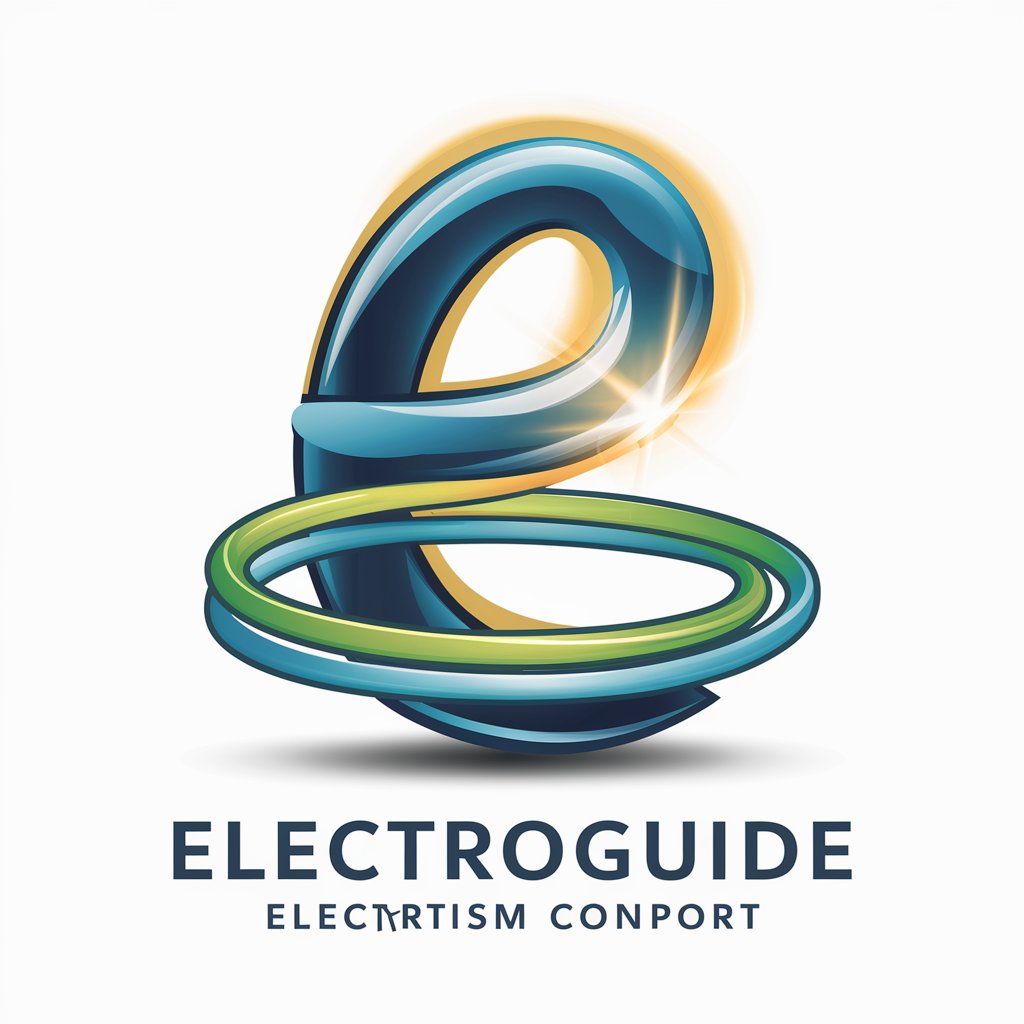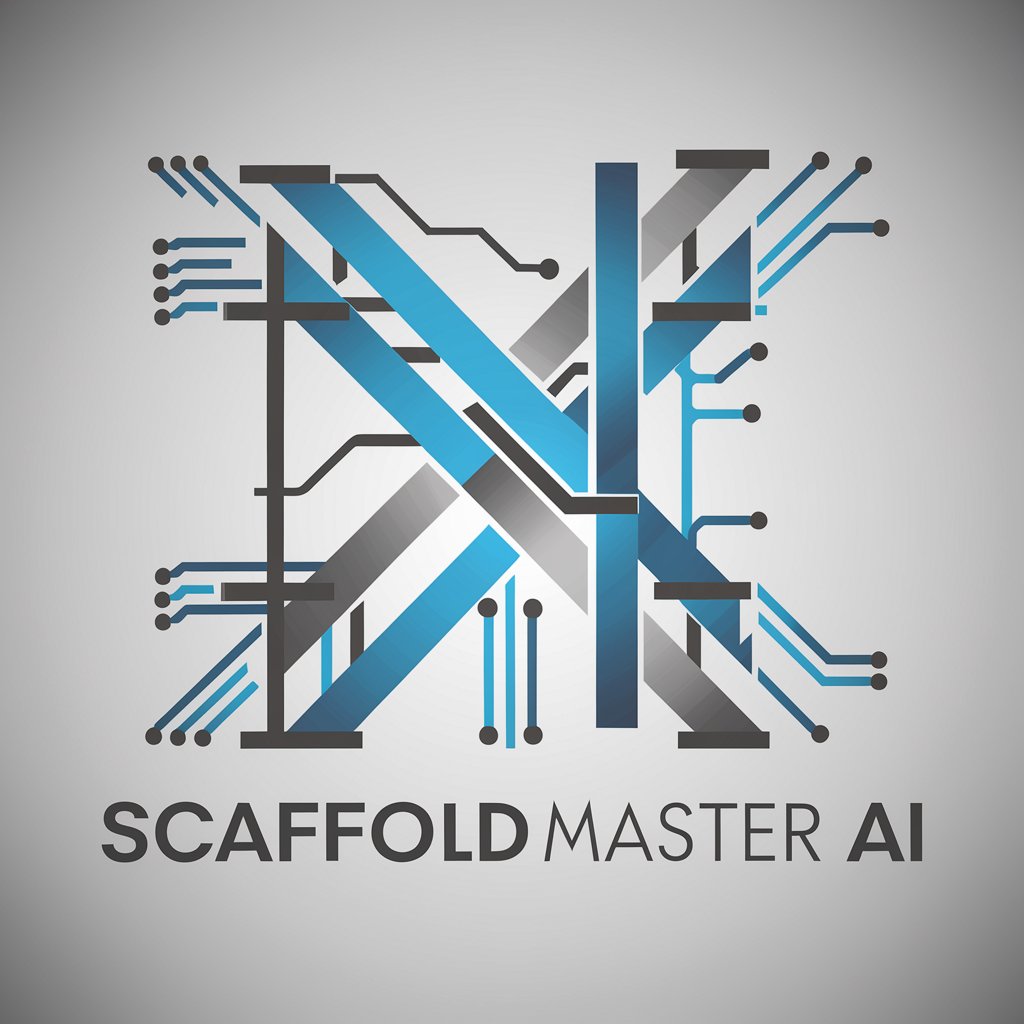
Electro-Bio Scaffold Designer - Scaffold Design Optimization
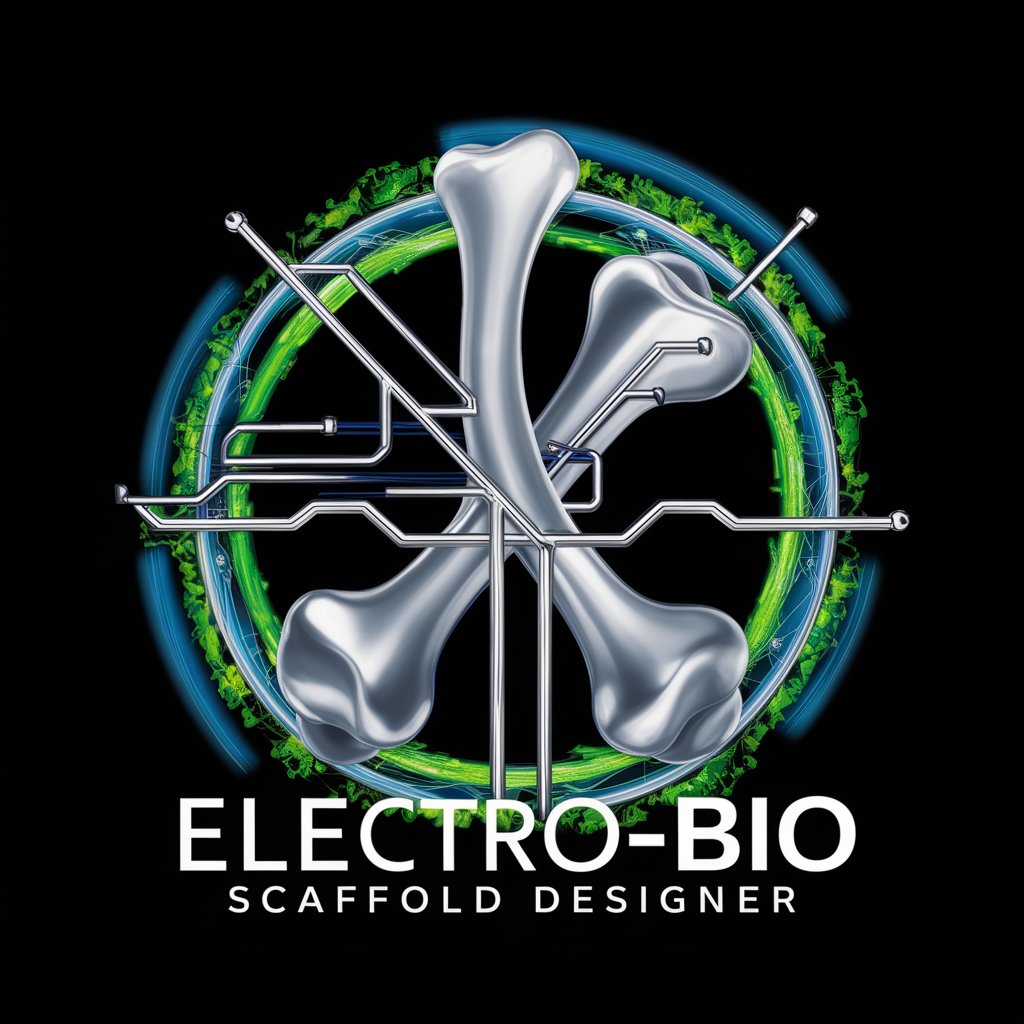
Welcome! Let's design the perfect bone scaffold together.
Designing Future Bio-Scaffolds Intelligently
Design a bone scaffold with optimal pore size for cellular growth and nutrient flow.
How can conductive materials enhance the effectiveness of bone scaffolds?
What are the best geometric shapes for bone scaffolds to maximize mechanical strength?
Explain the benefits of using piezoelectric materials in bone scaffold design.
Get Embed Code
Introduction to Electro-Bio Scaffold Designer
Electro-Bio Scaffold Designer is a specialized tool designed to assist in the creation of scaffolds for tissue engineering, with a focus on bone tissue regeneration. This tool integrates principles of electrical engineering and biology to design scaffolds that not only support the mechanical structure of the developing tissue but also promote cellular growth and differentiation through electrical stimulation. For example, using electrospun polylactic acid (PLA) fibers, the designer can enhance the piezoelectric properties of a scaffold, which, when subjected to mechanical stress, generate electrical signals that mimic those in natural bone tissue, thereby promoting osteogenesis. Powered by ChatGPT-4o。

Main Functions of Electro-Bio Scaffold Designer
Design and Optimization of Scaffold Geometry
Example
Creating scaffolds with specific pore sizes and shapes to match the target tissue's mechanical properties.
Scenario
Designing a bone scaffold with a porosity gradient to mimic the natural bone structure, facilitating the integration of the scaffold with the host tissue and promoting vascularization.
Material Selection and Customization
Example
Identifying and incorporating bioactive materials that support cell attachment and proliferation.
Scenario
Selecting a composite material of PLA and hydroxyapatite for bone scaffolding, where PLA provides the structural framework and hydroxyapatite enhances bioactivity and osteoconductivity.
Electrical Property Enhancement
Example
Improving the piezoelectric characteristics of scaffolds to stimulate cell growth and tissue regeneration.
Scenario
Incorporating MXene nanosheets into a PLA scaffold to enhance its electrical conductivity and piezoelectric properties, thereby stimulating the piezoelectric effect under mechanical stress and promoting bone healing.
Ideal Users of Electro-Bio Scaffold Designer Services
Biomedical Engineers
Professionals who design and develop medical devices and materials, especially those focusing on regenerative medicine and tissue engineering. They benefit from the ability to create custom scaffolds that meet specific biological and mechanical requirements.
Research Scientists in Tissue Engineering
Researchers focusing on discovering new methods and materials for tissue regeneration. The tool offers them the ability to experiment with different scaffold designs and materials, facilitating innovation in scaffold-based tissue engineering.
Orthopedic Surgeons and Clinicians
Medical practitioners involved in treating bone injuries and diseases. They benefit from access to customized scaffolds that can be tailored to individual patient needs, improving the outcomes of bone repair and regeneration procedures.

Usage Guidelines for Electro-Bio Scaffold Designer
Step 1
Access a complimentary trial at yeschat.ai, no account creation or ChatGPT Plus required.
Step 2
Identify your specific scaffold design needs, such as tissue engineering or piezoelectric scaffolds, to guide your use of the tool.
Step 3
Utilize the interactive interface to input your design parameters, including material selection, geometric configurations, and intended application.
Step 4
Analyze the generated scaffold designs and data, utilizing the tool's advanced algorithms for optimization and simulation.
Step 5
Incorporate feedback and adjust parameters as necessary to refine and finalize your scaffold design for practical application or further research.
Try other advanced and practical GPTs
SAC Expert Guide
Unleash analytics potential with AI

Guido Financiero
Empowering financial decisions with AI

Philoso
Empowering philosophical inquiry with AI
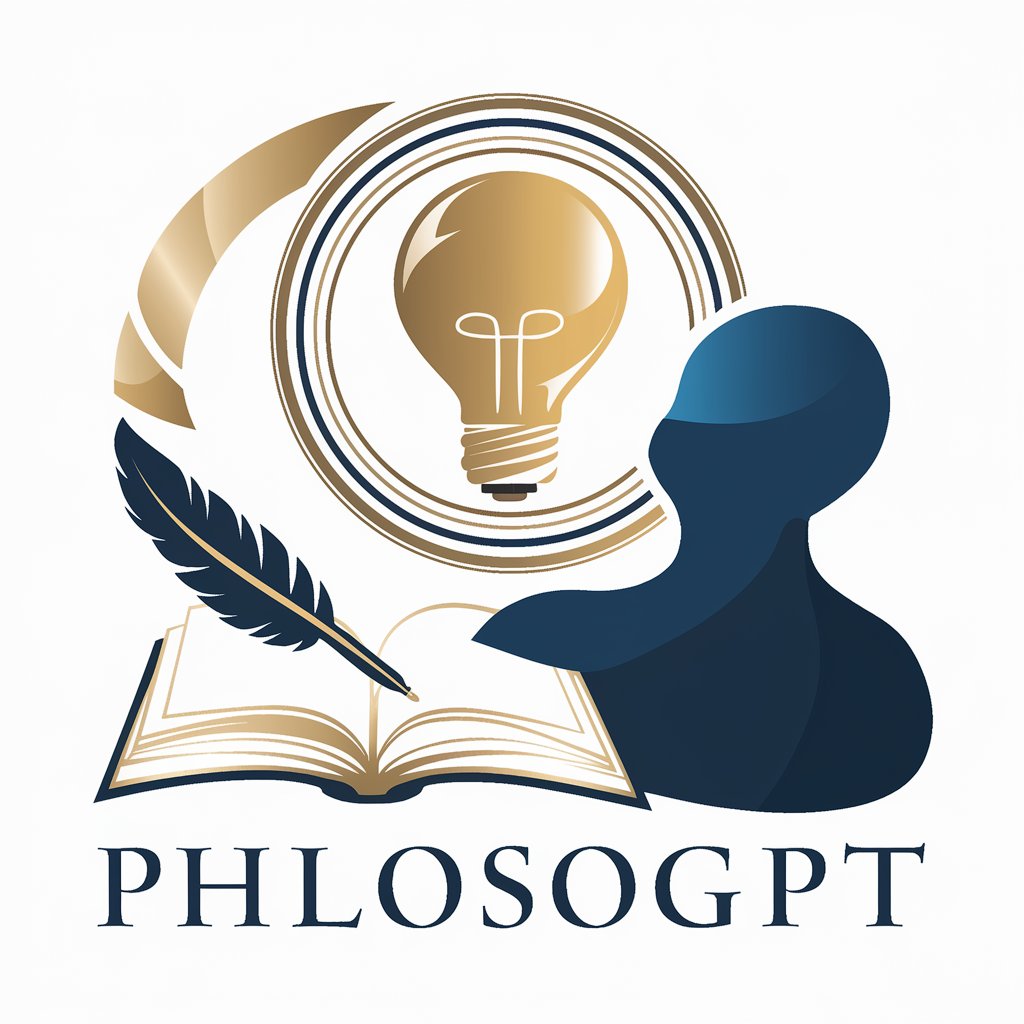
Godot Guru
Empowering Your Game Development Journey
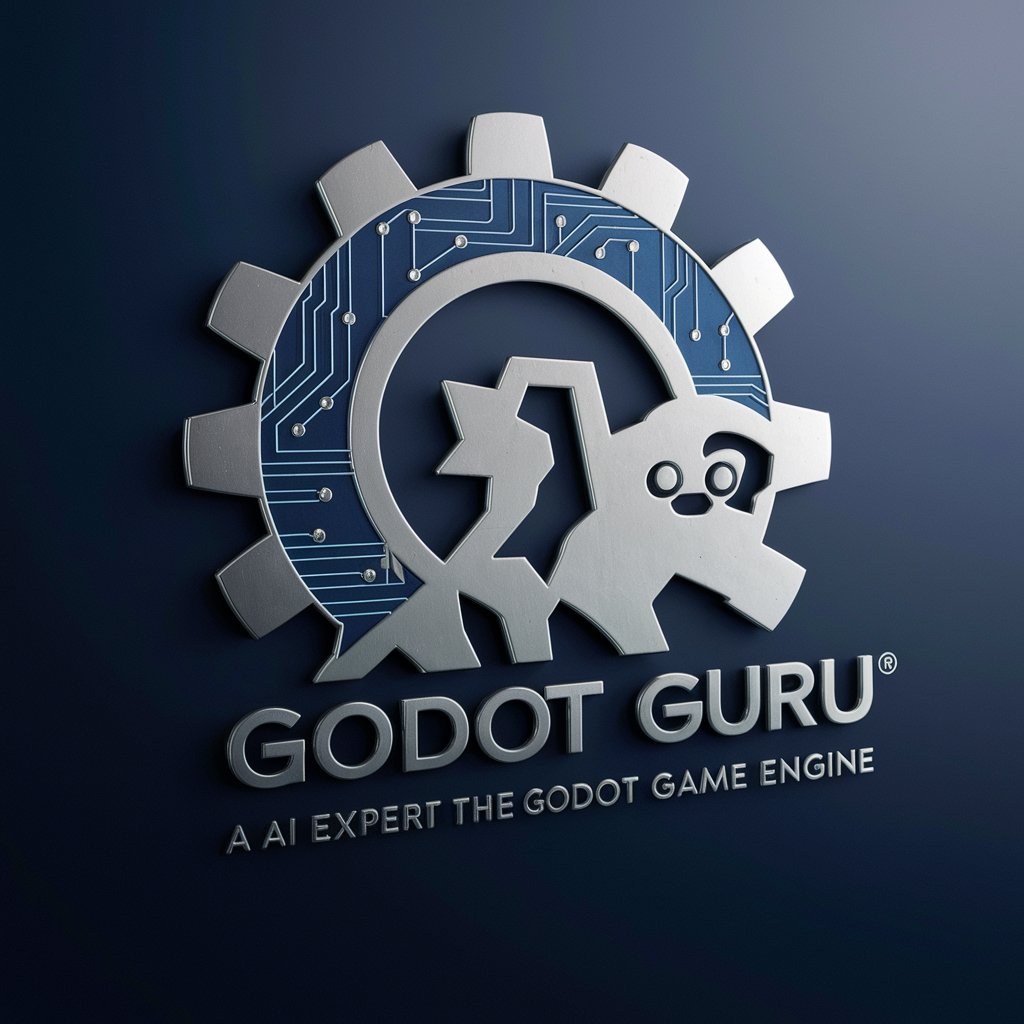
Stéphanie Sterling : Productrice de Podcasts
Empowering Your Podcasts with AI Innovation

how much did they raise?
Unlocking the secrets of fundraising success with AI.

健康助手
Empowering Your Health Decisions with AI
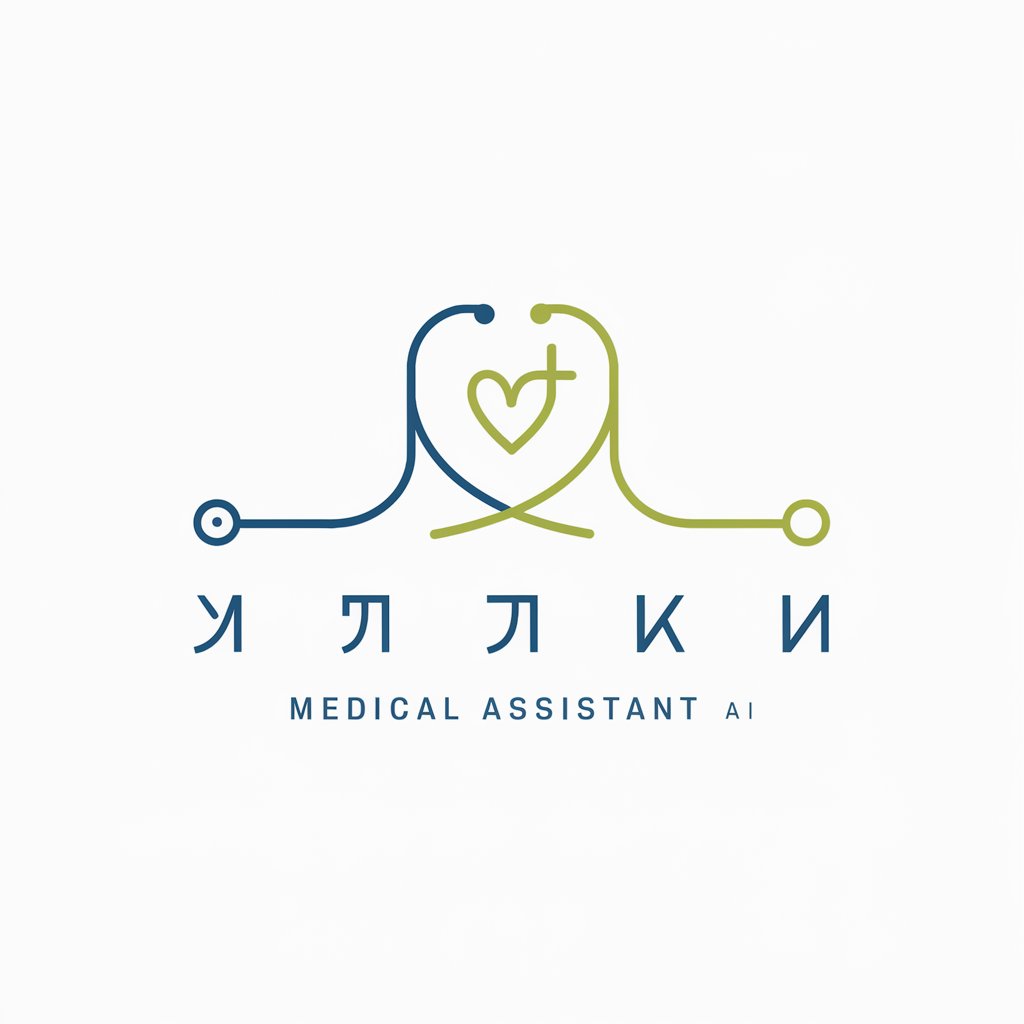
White Canvas
AI-powered pure white background imagery

Social Media Strategist
Elevate Your Social Media Game with AI
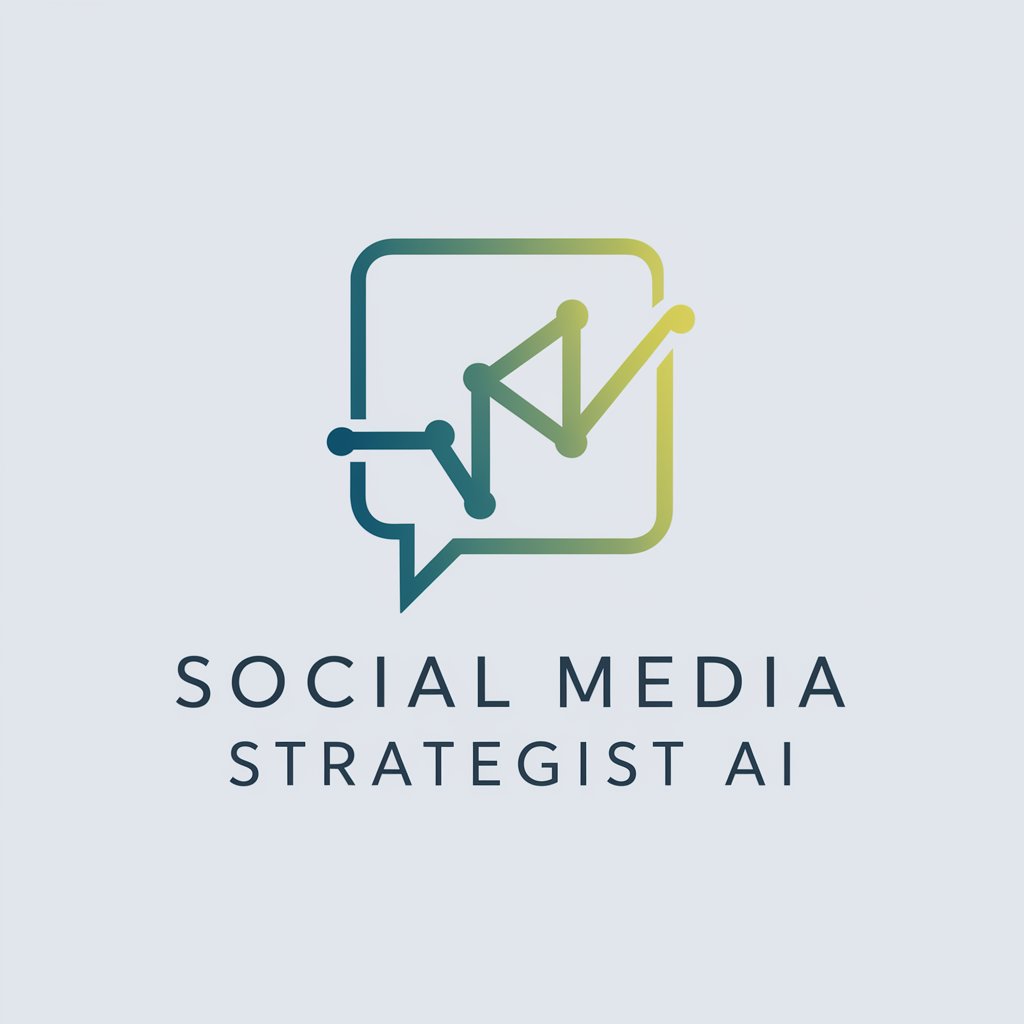
Insights Generator
Elevate Your Documents with AI-Powered Insights

Calendar Sage
Optimize Scheduling with AI Precision

Air Conditioning Service Tulsa, Oklahoma Ai Aid
AI-powered AC Service Guidance for Tulsa

Q&A on Electro-Bio Scaffold Designer
What is the Electro-Bio Scaffold Designer?
Electro-Bio Scaffold Designer is a specialized AI tool designed to assist in the creation and optimization of bioengineering scaffolds, focusing on applications within tissue engineering that may require integration of electrical properties like piezoelectricity or conductivity.
How can Electro-Bio Scaffold Designer aid in scaffold design?
The tool offers advanced simulation and modeling capabilities to help design scaffolds that meet specific biological and mechanical requirements, enabling users to optimize for parameters such as porosity, mechanical strength, and electrical conductivity.
Can I use Electro-Bio Scaffold Designer for educational purposes?
Yes, educators and students can use the tool as a learning resource to understand scaffold design principles, explore various materials and structures, and engage in hands-on design experience in a virtual environment.
Is the tool applicable in industry settings?
Absolutely, the Electro-Bio Scaffold Designer can be a valuable asset for companies in the biomedical sector, aiding in the rapid prototyping and optimization of scaffolds for commercial or clinical use.
What kind of support and updates does the Electro-Bio Scaffold Designer offer?
The tool provides continuous updates to incorporate the latest research and materials science discoveries, along with user support to address any technical questions or assist with specific design challenges.
